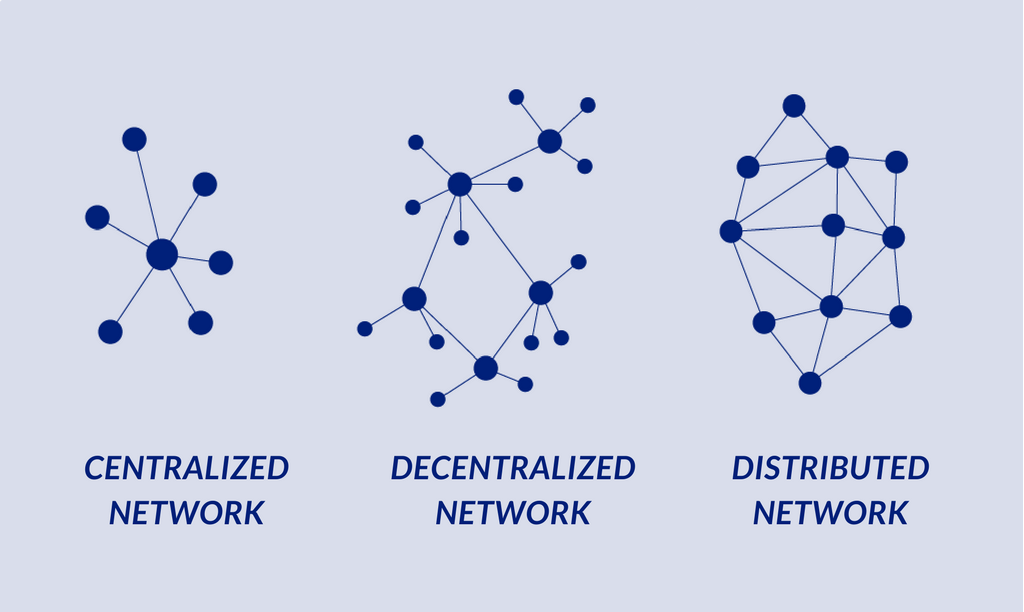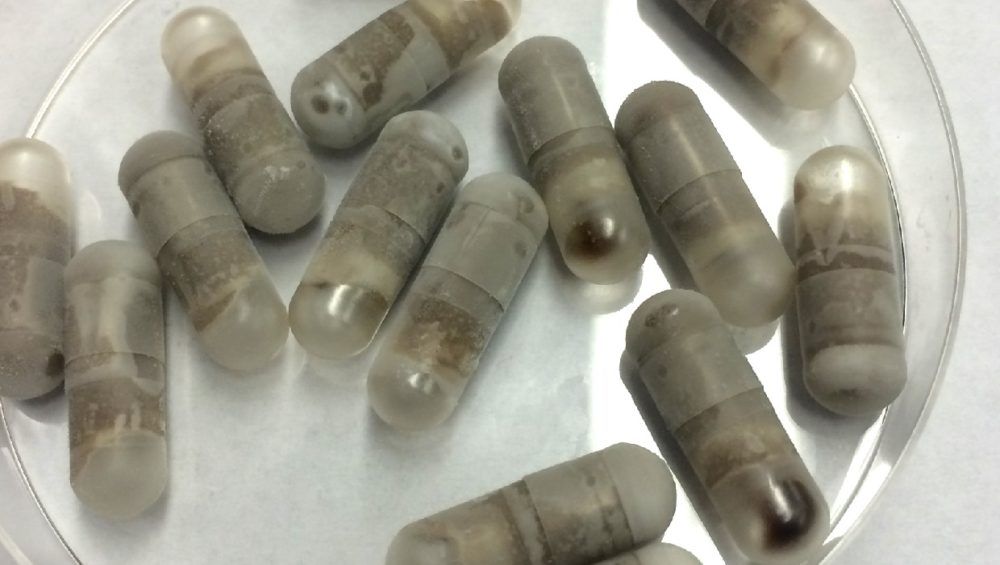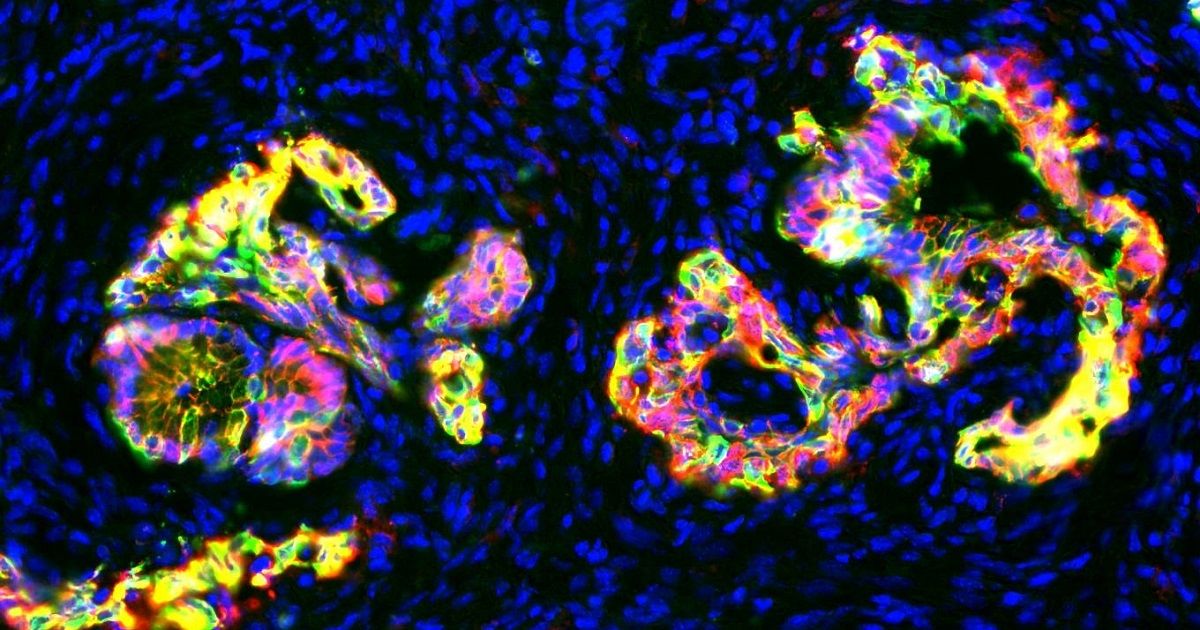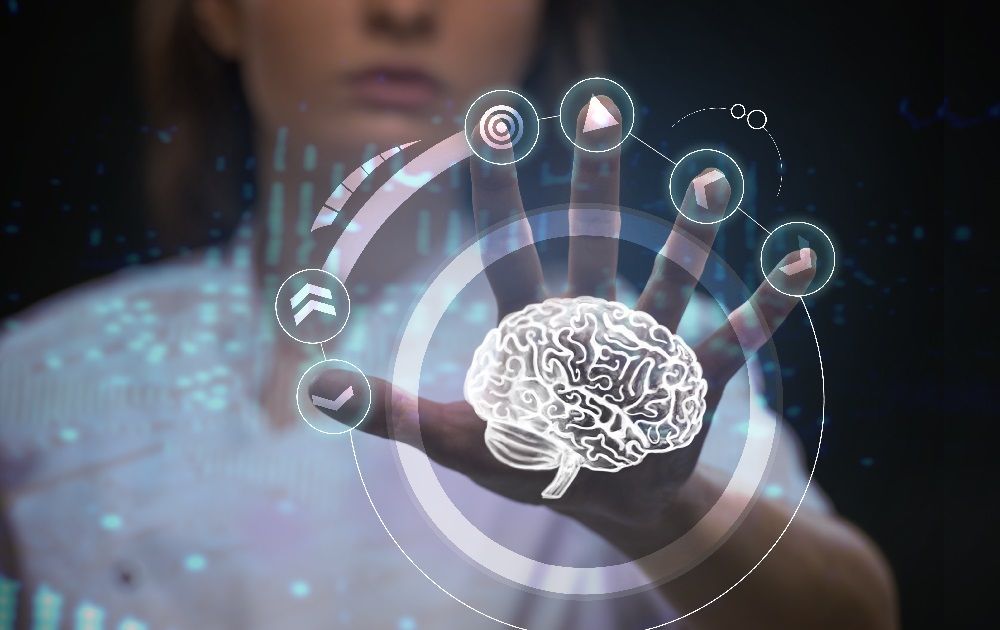The straight poop on fecal transplants. Scientists think fecal transplants help us live longer, healthier lives.
Quote: “Seres Therapeutics is one of the more promising names in poop.”
Here’s the straight poop on fecal transplants, a new medical procedure which physicians use to treat infections. Geroscientists suspect that fecal transplants could help us live longer, healthier lives by giving us a microbiome upgrade. [This report was originally published on LongevityFacts.com. Author: Brady Hartman]
The human microbiome is an invisible world that is only recently coming into focus. The collection of bacteria that inhabit your body is a delicate ecosystem that can crash as you age, travel, or even take a new medication. When it collapses, it can lead to all sorts of distress.
The Business End Of The Poop Industry
Seres Therapeutics is one of the more promising names in poop. The Cambridge biotech company has been trying to transform medicine by harnessing the billions of bacteria in our intestines.








